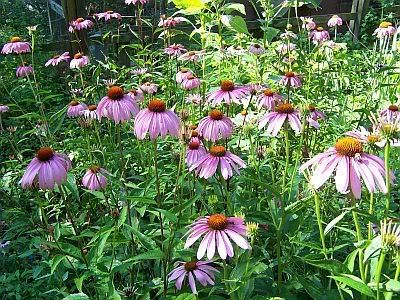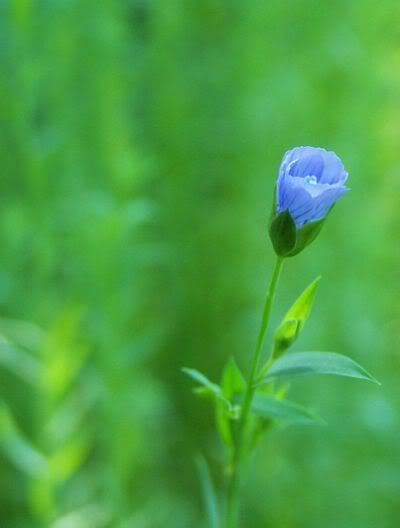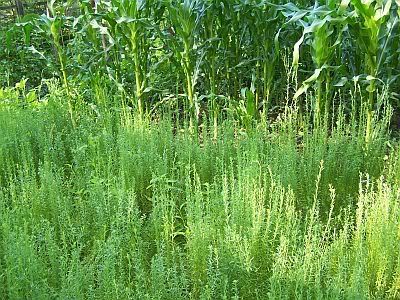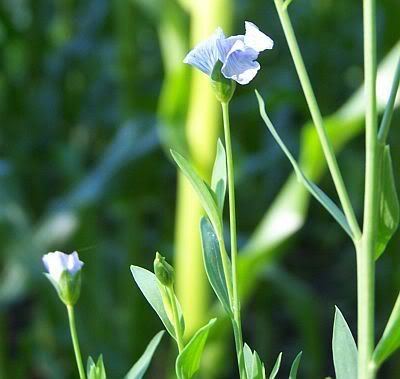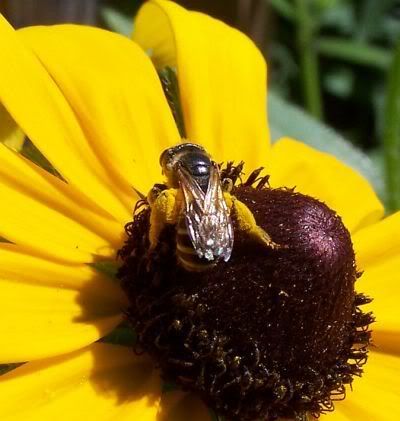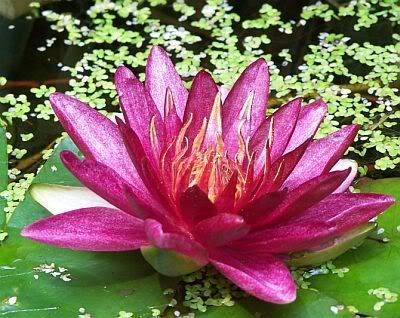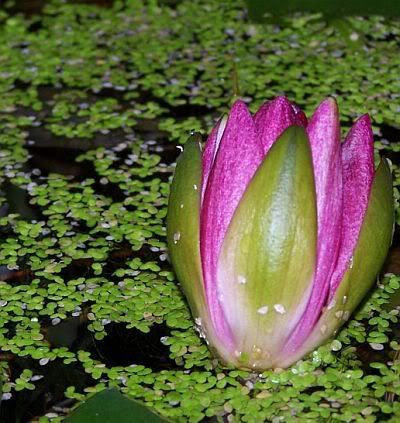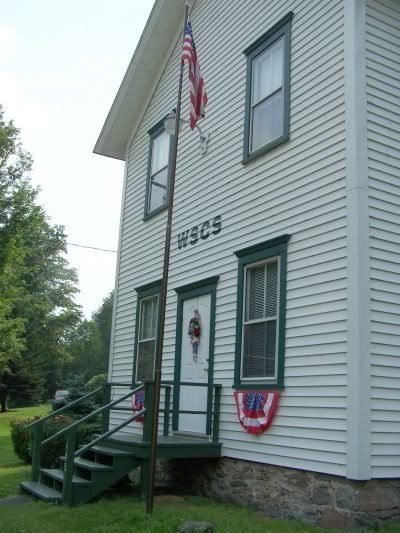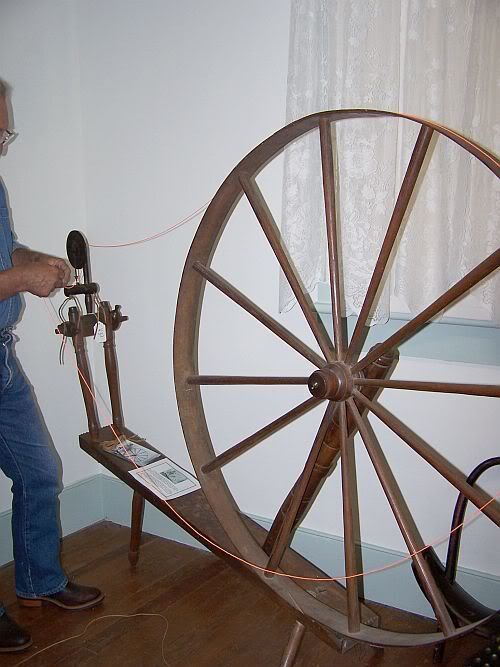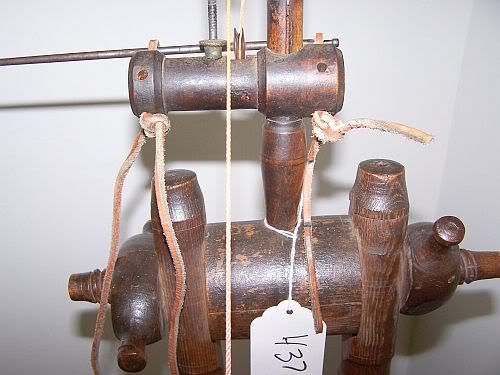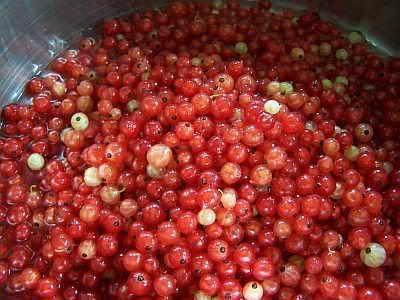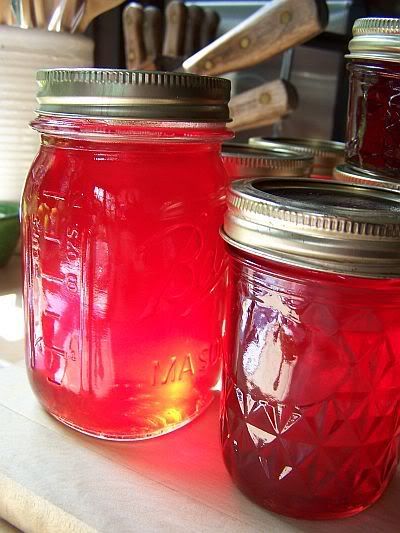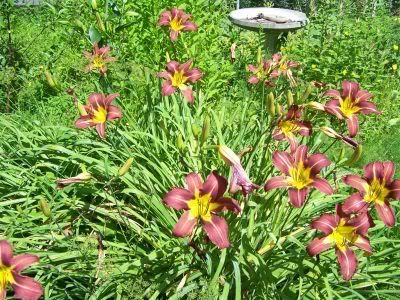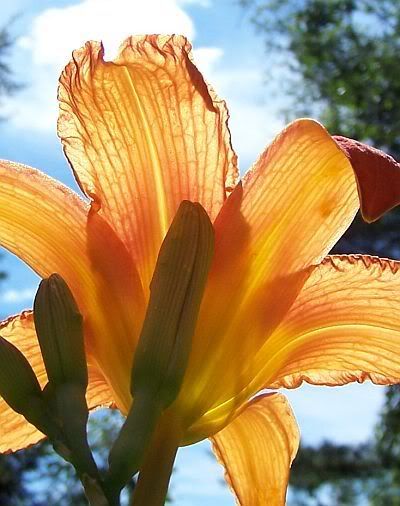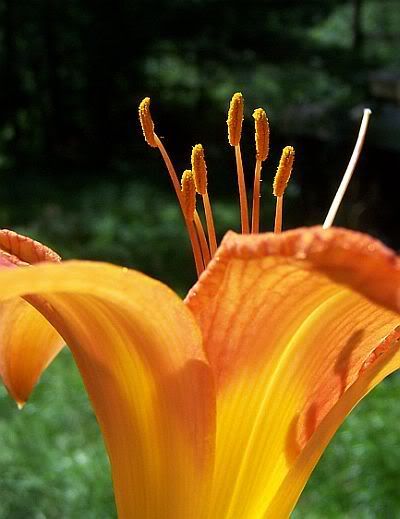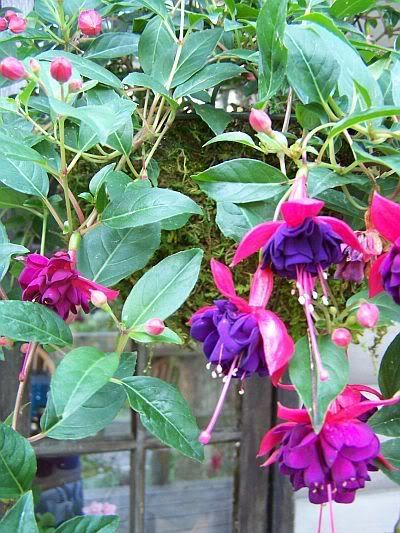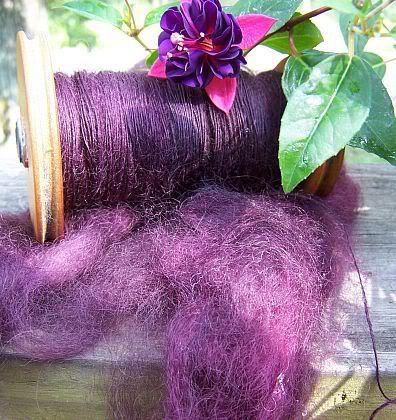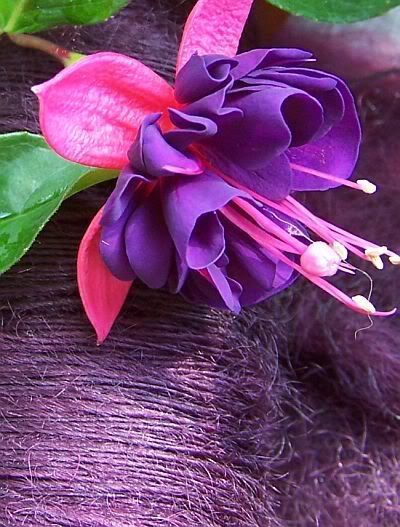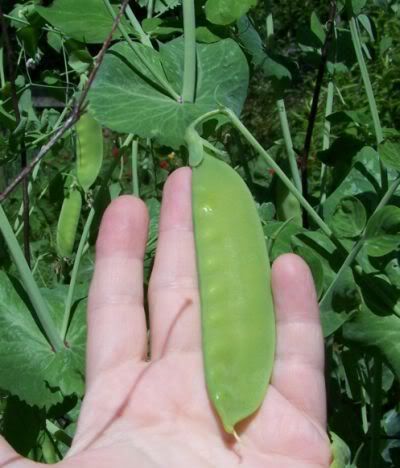
I've been wanting to tell you about my peas since I planted them this past April. I have been photographing them along the way...since they were few inches high. I am now harvesting them!
Almost ten years ago, there was a little seed company called Shepards Seeds. They were brought out by Whiteflower farm, and do not offer the same vegetable seed variety that they once did. I used to order from Shepards, and one year I brought a small packet of seed that was marked Norli.
The Norli is a nice snow pea, tall growing, with a purple flower. I saved the seed from it. I'm glad I did because I have had trouble finding the same seed in catalogues and I'm not sure why more growers don't carry it. The closest I can find is something called carouby de Maussane.
Anyway...this year I had decided to grow the Norli pea again, to replenish my seed bank which was getting low. I will enjoy some fresh picked for eating, but mainly this crop is for seed.
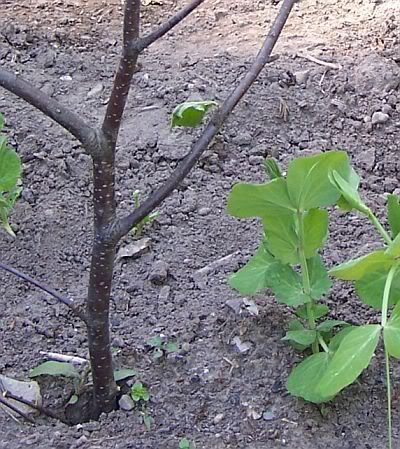
Because Norli is a tall vine, I needed supports. I take a walk in the early spring and find and collect branches from the river birch that have suffered from winter kill. I have used black nylon pea trellis that you can buy in the store...but I really don't like the way it looks, and I hate taking it down. With the branch method, I can pull up everything when the peas are finished out, and toss everything into the compost.
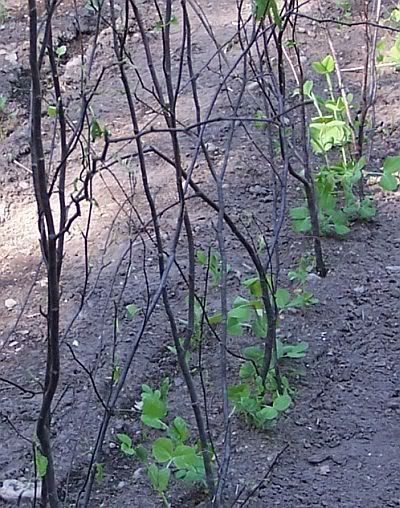
The branches are placed in the soil, next to the peas when they are about 2-3" tall.
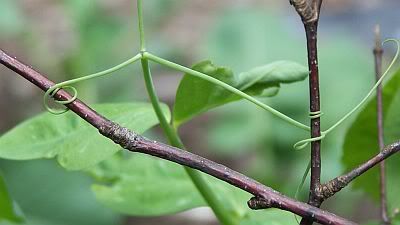
I don't even have to train the vines, the tendrils seem to know exactly what to do.
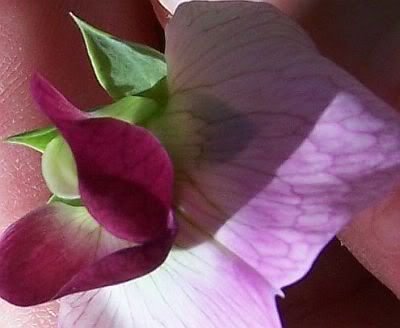
Pea flowers are amazing to me. They pollinate themselves. The pollination is complete before the flower opens. Bee-less.
Mendel used them as his specimen for his published work Experiments in Plant Hybridization.
I'm trying hard to understand the down side of the self pollination, which I think might be that sooner or later genetic errors will be passed down, and the plants will weaken. I figure I have planted at least the 4th generation of my Norli, and so far they look pretty good.
So, having now enjoyed the first harvest, I will pick with discretion, and save the rest for the bank.



